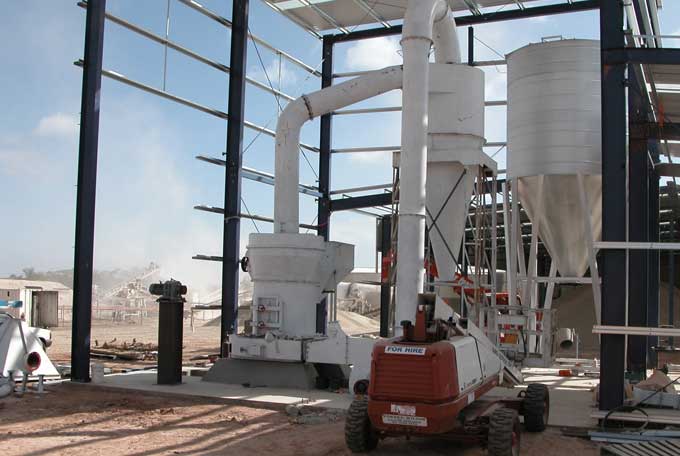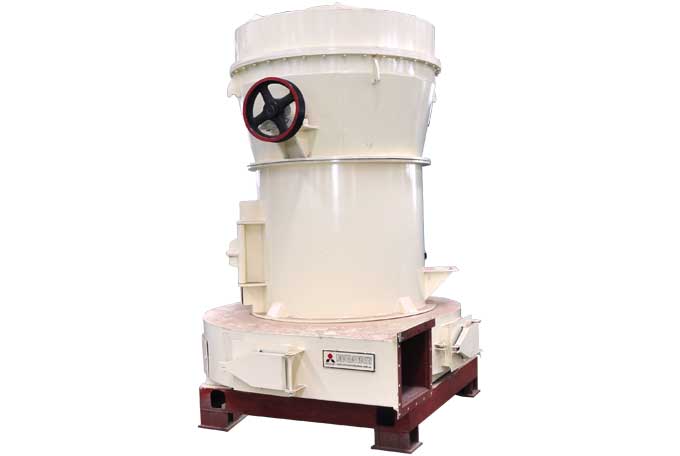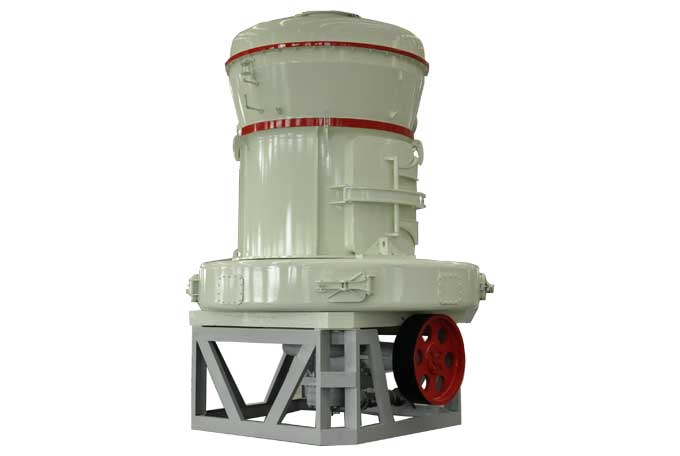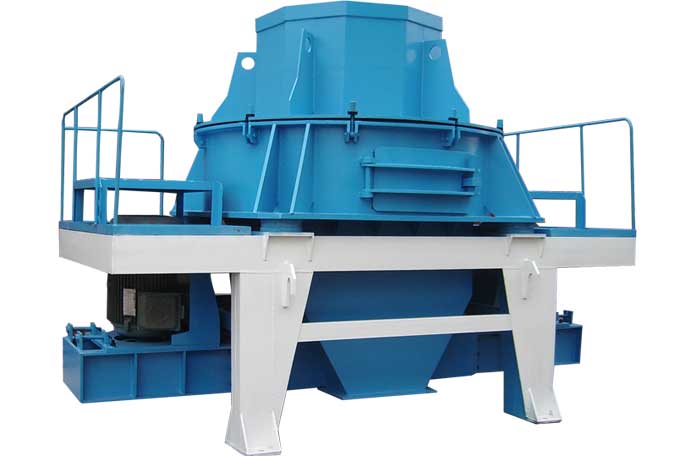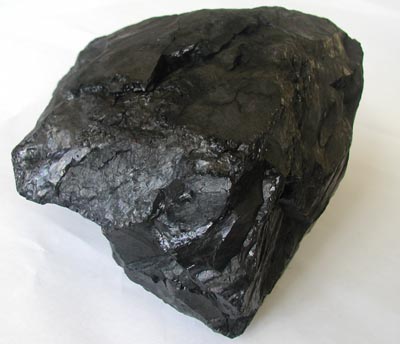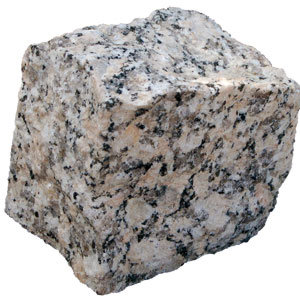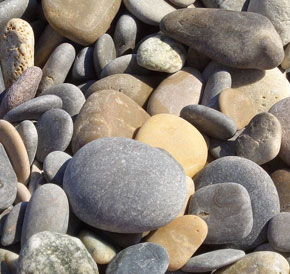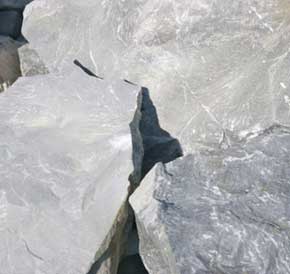How a rock quarry works?
Rock quarries usually operate for at least 30 years and are developed in distinct ‘benches’ or steps. A controlled explosion is normally used to release the rock from the working face. It is then transported by truck or conveyor to a crusher to go through a series of crushing and screening stages to produce a range of final sizes to suit customers' needs.
Working in quarrying
Quarries are important rural employers and offer a range of interesting job opportunities - from operating massive and expensive machinery at the quarry face, to managing an entire site, or to providing specialist service advice. Quarry companies take their training responsibilities seriously and work closely with EPIC, the national training organisation for the extractive industries. Through EPIC, and through other internal and external training schemes, an increasing number of employees are achieving national vocational qualifications. Health, safety and environmental considerations feature strongly in training agendas across the length and breadth of the country as these issues are of paramount importance for business success.
Process
1. Drilling
Soils are removed and stored for use in landscaping and restoration. A drilling rig then drills a series of strategically-located and angled holes in the underlying rock.
2 Blasting
An experienced and licensed shot-firer charges each hole with just sufficient explosive to break the rock and to drop it into a neat pile. In the quarry shown, blasting takes place twice a week, releasing about 15,000 tonnes on each occasion.
3 Loading and transport
A powerful excavator loads the rock into 65- tonne quarry dumper trucks for delivery to the primary crusher.
4 Haul roads
Safety is paramount on the quarry haul roads, the edges of which are protected by substantial barriers.
5 Primary crusher
Powerful hammers within the primary crusher break the rock down. An operator supervises the process from an air-conditioned control room. From this point, the process is fully enclosed to control both dust and noise.
6 Stockpiles
Larger rock together with soils and clays are separated at this stage. The rock may be used for the base layer in roads while soils and clays, known as ‘scalpings’, are required for bulk fill.
7 Screening
The rock passes through a series of screens that sieve it into different sizes. It may also pass through further crushing stages.
8 Storage
This quarry has both storage silos and covered storage bays. The stone is stored in a range of sizes: 40mm, 28mm, 20mm, 14mm, 10mm, 6mm and dust. It is drawn from here for a variety of end uses.
9 Dry stone loading
Lorries use pre-programmed ’smart cards’ to load automatically. Dry stone is generally delivered over a 30- mile radius. Some large quarries also have rail connections for longer distance deliveries, so reducing the impact of lorries on the roads.
上一篇:Glass Crusher,Glass Crusher for sale,Which Crusher can crush glass?下一篇:What is the capacity of your impact crusher?
end your Problem to us, we will answer all of your question!


